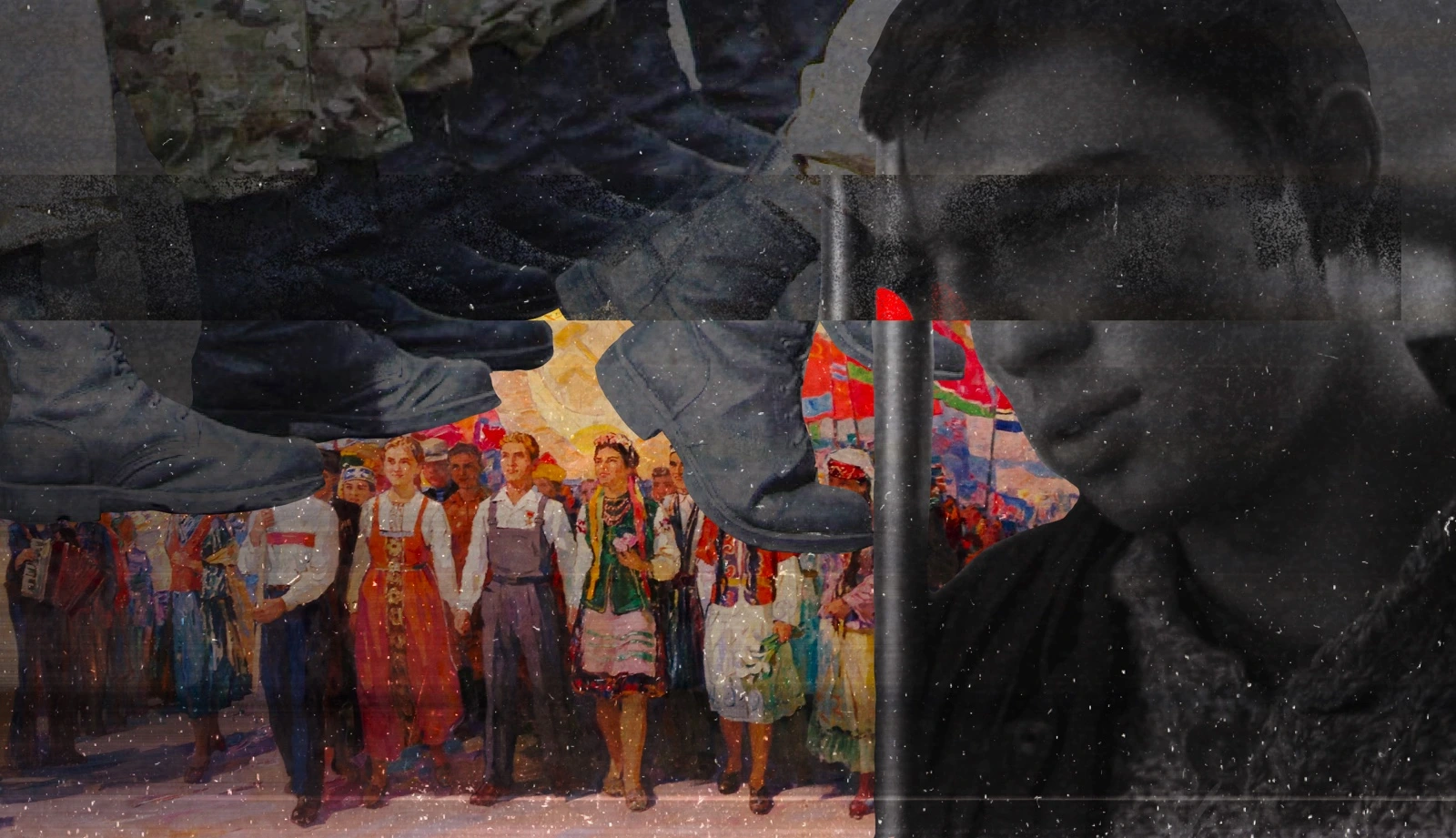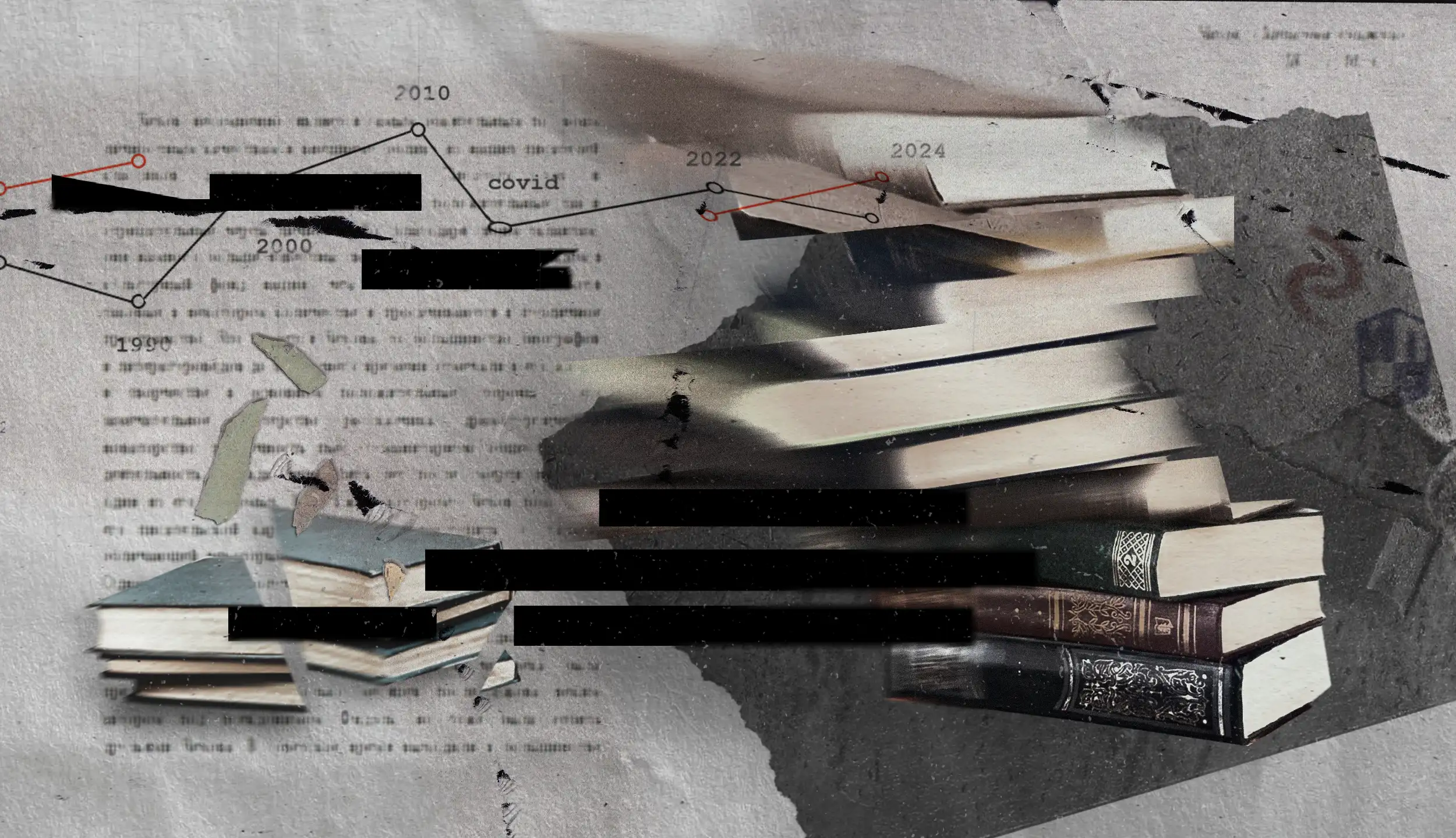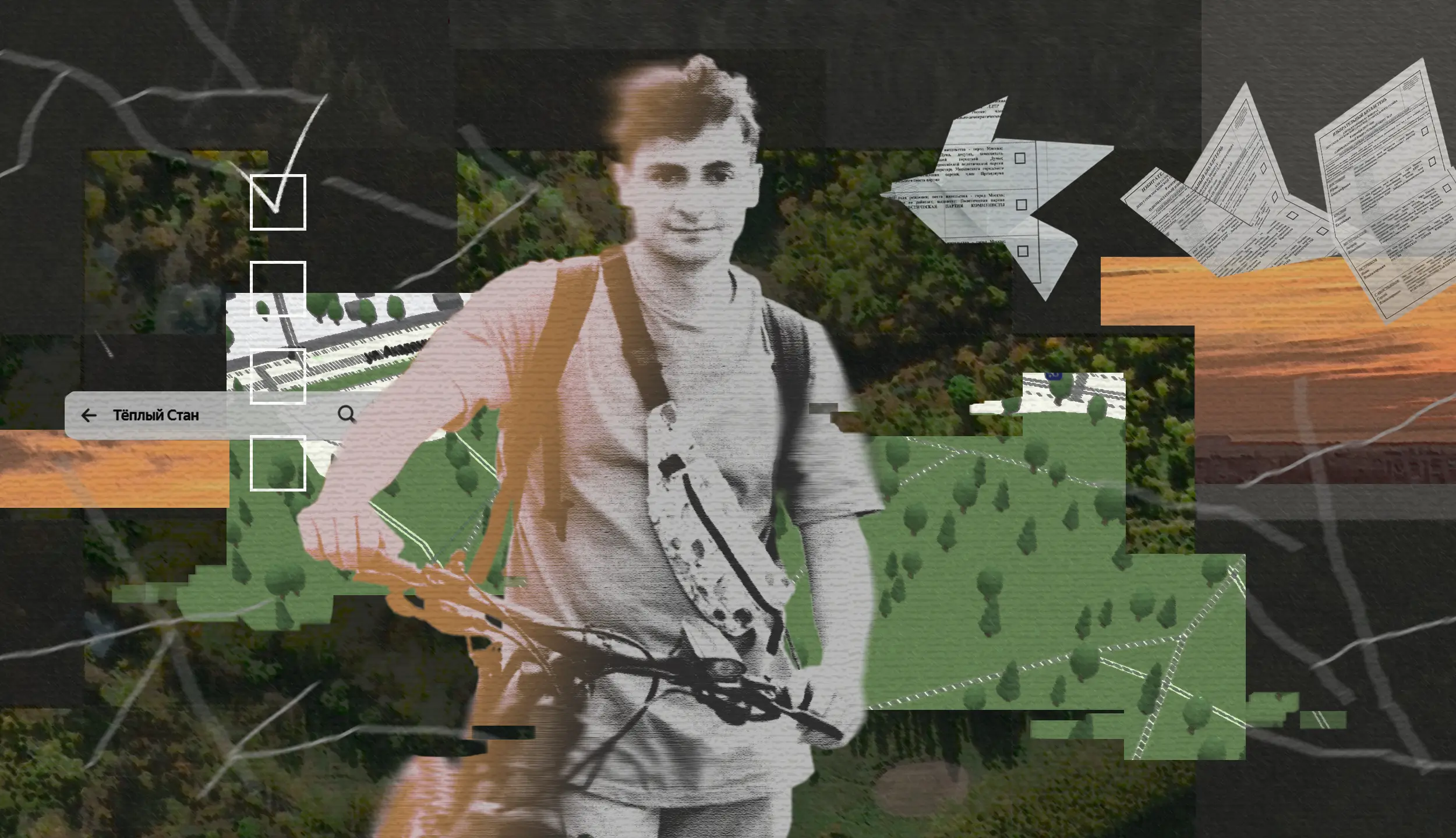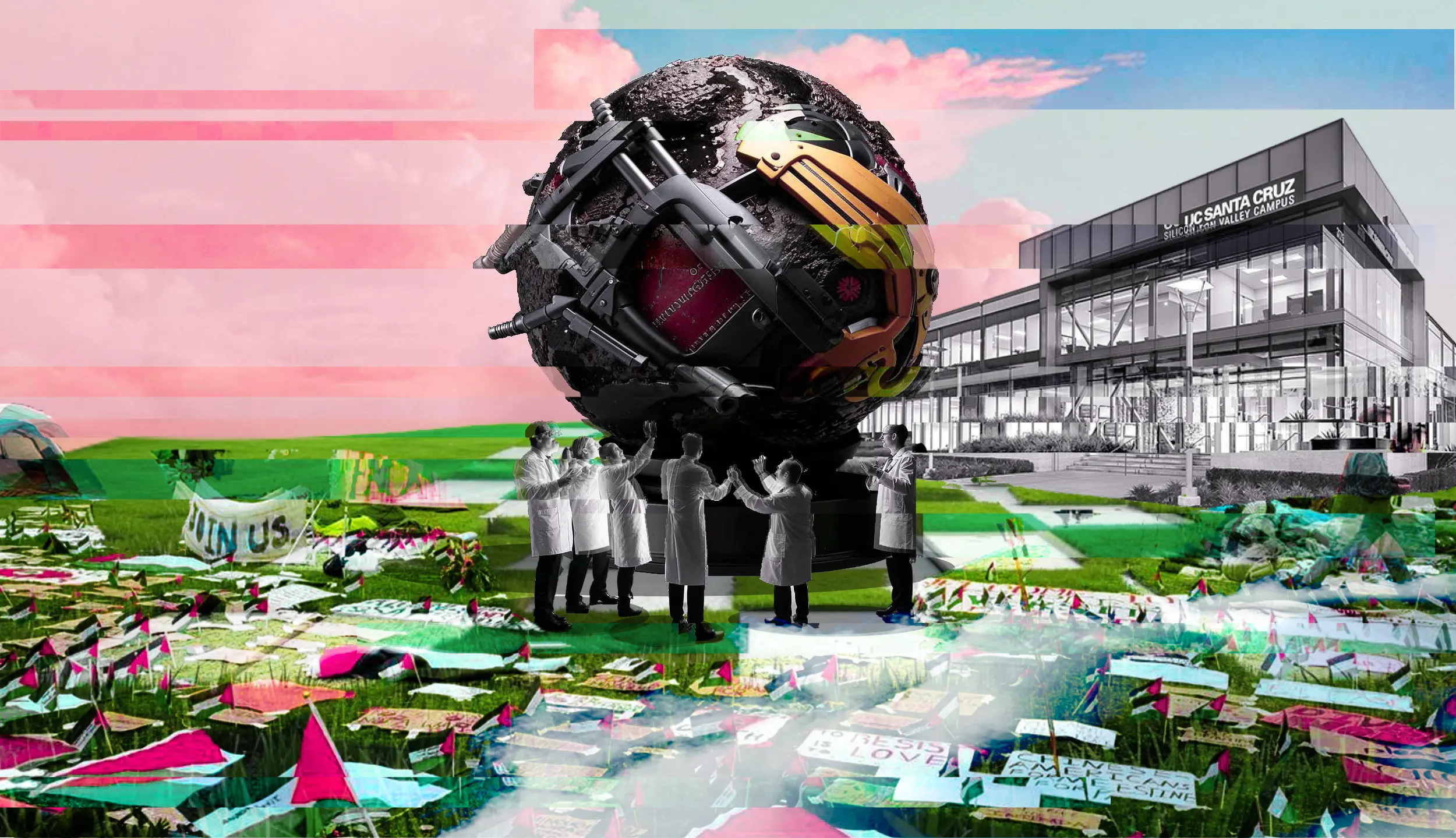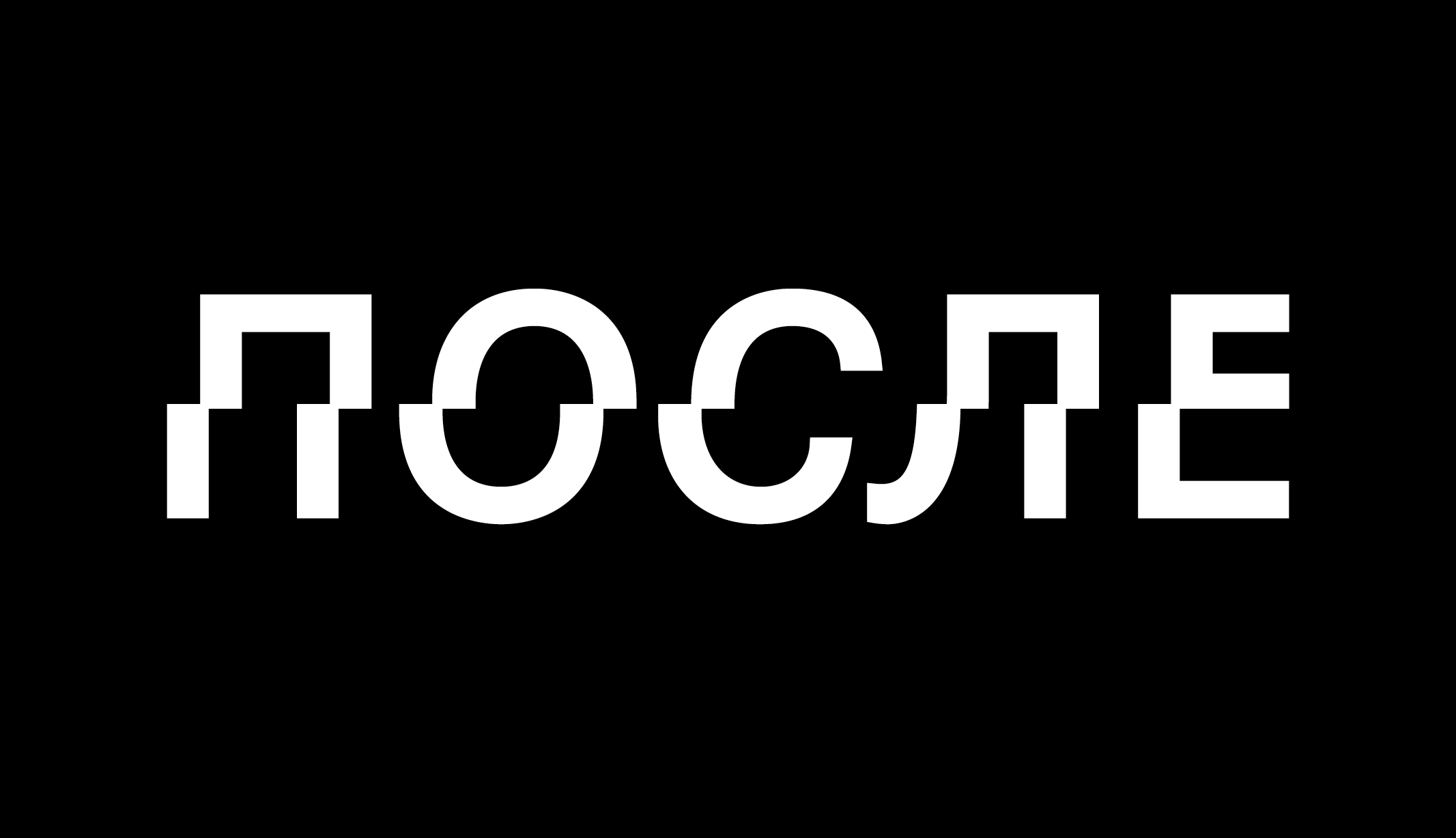“Brotherly peoples” is a ritualistic formula that has long been part and parcel of Russian ideological speech; it is often used but vague in meaning, allowing for its use in various contexts and with different connotations. The formula contains within itself the contradictory trajectories of its deployment, signifying, on the one hand, diversity and partnership, and on the other, unity and subordination. In different periods of recent history, Russian politicians have alternately privileged one meaning, then another, keeping it conveniently loose for the sake of manipulation.
As early as the nineteenth century, anthropologists understood that kinship terms refer not so much to biological but rather to social relations organized in a specific way. Certain kinship-related terms name not a concrete relative, whose filial or marital ties can be traced, but rather a whole class of people: knowledge of their relational ties will already have been lost or may never have existed but they are nonetheless enmeshed in a certain set of rules of conduct and normative obligations. In such “classificatory kinship systems,” as anthropologists put it, “brothers” does not exclusively refer to the children of common parents but also encompasses the children of distant relatives (without specifying that they are cousins, second cousins, etc.). At times, the term extends even further, to all the men in the community belonging to the same generation.
Over time, kinship terms have ceased to serve as foundational tools for regulating social relations. Yet outside the strictly private sphere, they have persisted as metaphors in public discourse and rituals, through which politicians and commentators present the government’s strategies and actions to a mass audience. Such metaphors are a throwback to ancient, tribal and patriarchal images, which, as they are still often deployed in everyday life, are ostensibly “persuasive” to people. They thereby underscore the “natural” character of political decisions, ostensibly rooted in history and tradition. Among these metaphors is the term “brother,” used to signify the closeness of countries and peoples, to legitimize diplomatic negotiations and international alliances, and to justify a country’s political patronage and territorial conquests. “Brotherly relations,” “brotherly alliance,” “brotherly friendship,” “brotherly countries” and “brotherly peoples” have all become rhetorical signifiers for the special role of certain emergent or potential political alliances.
The metaphor of kinship was in full force in the European politics of the second half of the nineteenth century and early twentieth century: on behalf of Germans, Poles, Italians and other nations, activists and leading officials demanded that political borders be brought into line with principles of language and blood. Within the Russian empire, the popular expression “Slavic brothers” was used to legitimate the right to interfere in the affairs of the Ottoman Empire; that is, to “protect,” or even “liberate,” Slavic peoples under the “Ottoman yoke.” The idea of Slavic kinship, which blends nationalist emphases on blood lineage with the imperial ambition for territorial expansion, was an important ideological tool in Russia’s struggle to increase its influence on the European continent. This same idea of “kinship” and “brotherhood” — this time referring not to all Slavs but only to the Eastern Slavic peoples, comprising velikorossy [Great Russians, or present-day ethnic Russians], malorossy [“Little Russians,” or Ukrainians] and belarossy [Belarusians] — was also used to consolidate the “All-Russian nation” within the Russian Empire proper. This idea traced the history of the three peoples back to their common ancestors in Kievan Rus’ and sought common roots in their culture. It served two tasks: on the one hand, to foster tighter integration and unification of the Slavic-Orthodox majority within the Empire by creating a kind of metropolis, an imperial-national nucleus; on the other, to diminish the influence of competing ideas of nation-building, which had emerged in the country’s margins or were supported from without.
Soviet rulers and ideologists, having severed the Soviet Union’s direct continuity with the Russian Empire, nonetheless retained the “brotherhood of peoples” as a metaphor and incorporated it into their propaganda, recasting it in ideological rather than ethnic terms. The task of the new state, having proclaimed the equality of peoples, was not to single out the imperial Slavic “brotherly” core but to unite all peoples, regardless of race or language, into one “brotherly family.” In the Soviet ideological lexicon, the “brotherly family of Soviet peoples” connoted a spiritual or, more precisely, political affinity, rather than kinship per se. The reference to “brother,” in this [early Soviet] case — just as in the anthropologists’ “kinship classificatory systems” — implied neither a common origin nor relation through language or blood but rather a common political and economic life, destiny, goals, rules of conduct and reciprocal normative obligations. Perhaps the patriarchal connotation retained in the word “brotherly’ discomfited Soviet officials and so it was the “friendship of peoples,” rather than their brotherhood, which became the key formula. It was cemented both in the USSR’s anthem and in the frequent portrayal of women in the public imagery of the Soviet Union and its autonomous republics. However, these subtle differences in semantic connotations were not particularly crucial nor were they obvious for the population at large, which, by the late Soviet period, had begun to treat such rhetorical devices as purely formal and ritualistic. “Brotherly people” was also used to refer to those countries belonging to the socialist bloc of Soviet allies, or to those supposed to belong to it. This expression was used all the more emphatically when Soviet troops invaded Hungary in 1956, Czechoslovakia in 1968, or Afghanistan in 1979, asserting the USSR’s exceptional right to interfere in the affairs of specific countries.
The Soviet rhetorical construction of the “brotherly family,” for all the ardor of its professed equality, was not free of imperial hierarchies. As time passed, it was supplemented by the idea of the “elder brother,” a role that was to be filled by the Russian people. The “first among equals,” to use Stalin’s words from 1945, “the most prominent nation of all nations,” was, by Soviet ideologists, cast as the decisive force in the revolution, creation of the USSR and [Great Patriotic] war. A “leading people,” whose culture and language became the model for all others. Except for the Russian language, obligatory for all Soviet citizens, there was no clear content to either “leading people” or “elder brother”: for this reason, both quickly became ritualistic formulas, soon to be dislodged from their prominent role in Soviet propaganda by the term “Soviet people.” And yet both, retained in the ideological vocabulary, marked the connection between Soviet ideologemes and late imperial projects, which were characterized by the idea of a national Slavic/Russian community as the nucleus of a multinational empire.
After the collapse of the USSR, the expression “brotherly people” persisted within public discourse, retaining its ritual character. It was even included in a new version of the Russian Federation’s national anthem (in the updated phrase, “The age-old union of fraternal peoples”), adopted under Putin and created on the basis of the former Soviet anthem. This secured continuity with the Soviet concept of a “multinational society,” which was incorporated into the new constitution of the Russian Federation.
However, in the noughties, the theme of “brotherhood” began to ebb in domestic political discourse and was gradually replaced by the “unity of the Russian people” or “Russian civilization.” At the core of both constructions was the Russian nation as a state-forming people. The regime’s ideologists became less interested in the equality between Russian and other peoples but in the integration, or even assimilation, of the latter into this core, which was now seen as needing protection against its erosion. For those who did not want to integrate, an expression drawn from the cult ‘90s film Brat [“Brother”] gained unofficial currency: Danila Bagrov had given voice to the tenor of Russian nationalism in addressing the film’s notional “Caucasian” as “not his brother” at all but “a black-assed n*****” [note: a racist slang used to derogate peoples from the Caucasus].
“Brotherly peoples” is still regularly used officially in reference to those countries with which Russia maintains or establishes particularly close, friendly relations. However, this rhetoric is used somewhat differently than in Soviet times and expression itself is used more selectively and rarely. In official texts signed by Vladimir Putin, “brotherly peoples” most often refers to Belarus and, much more rarely, to select other countries and nations. Speaking of Ukraine, Putin prefers to say “we are one people” rather than “brotherly,” yet in response to journalists’ bewilderment at the difference between these expressions, the Kremlin’s spokesman has explained that they are synonyms. Paragraph 101(20) of the National Security Strategy of the Russian Federation, signed in 2021, specifically states the need to “strengthen fraternal ties between the Russian, Belarusian and Ukrainian peoples” and Putin himself, in his article “On the Historical Unity of the Russian and Ukrainians,” again called all three Eastern Slavic peoples a “triune people.” In other words, contemporary official ideology attempts to copy the language of the late nineteenth century and uses the word “brotherly” primarily to refer specifically to Eastern Slavic “unity.” Shunning “fraternal embrace” as little more than an attempt to restore erstwhile domination, Volodymyr Zelenskyy has ironically reappropriated Putin’s statement on the kinship between Ukrainians and Russians, relegating the latter to “first cousins at one remove.”

